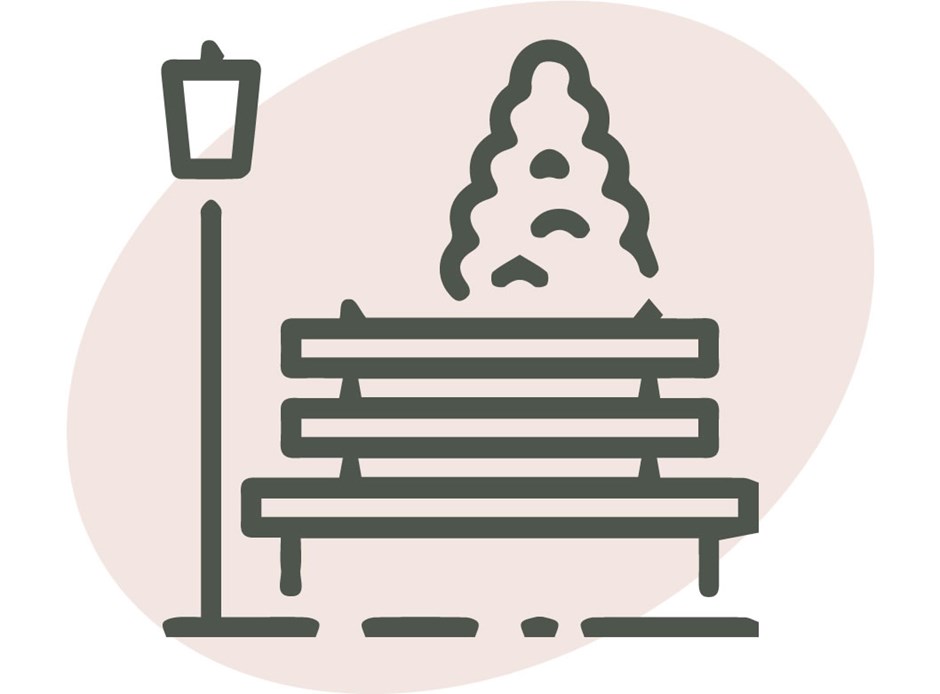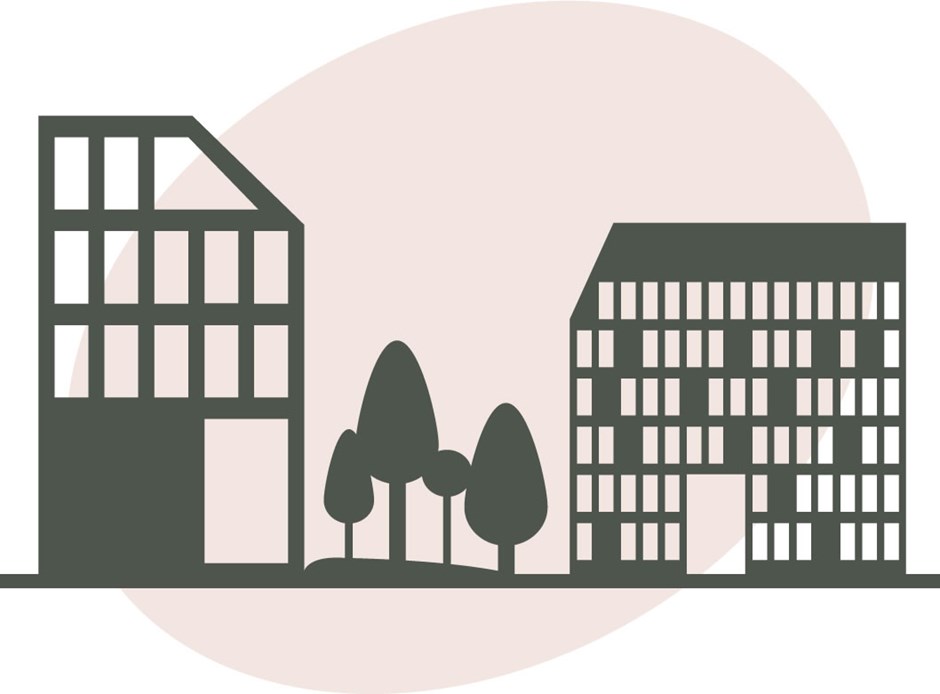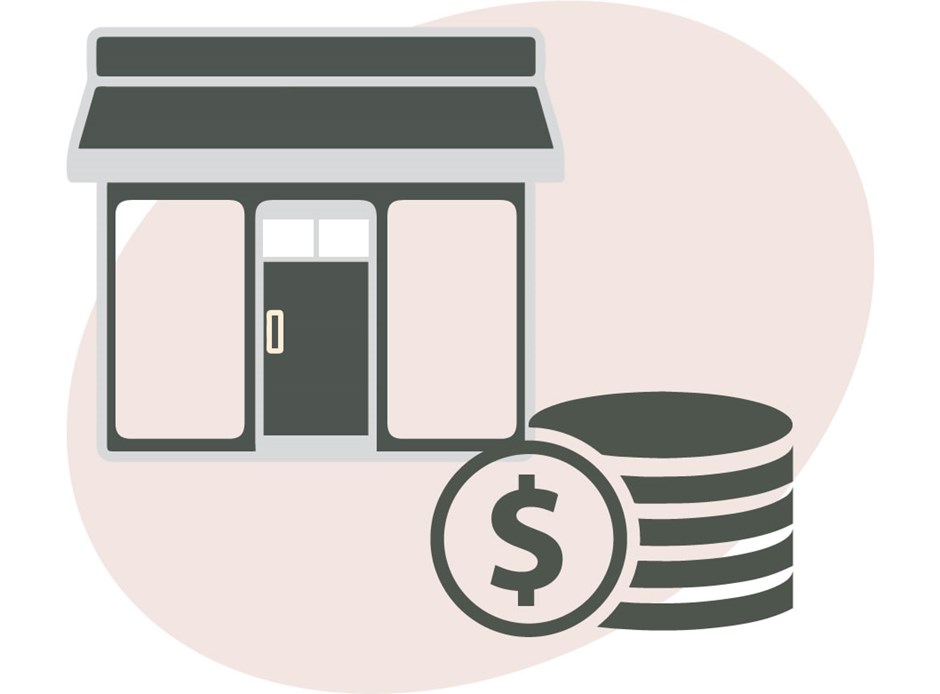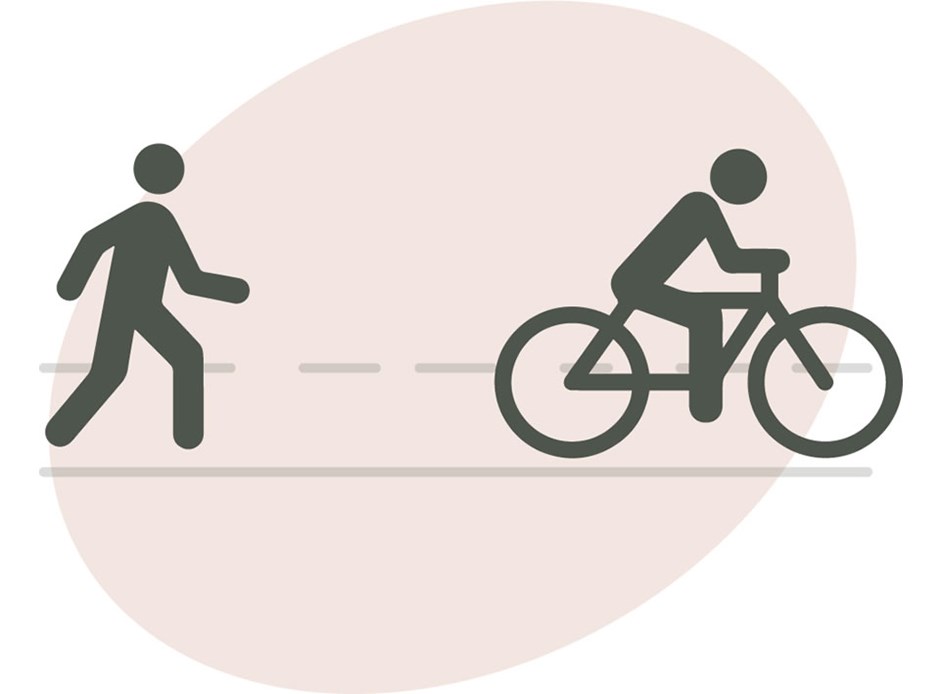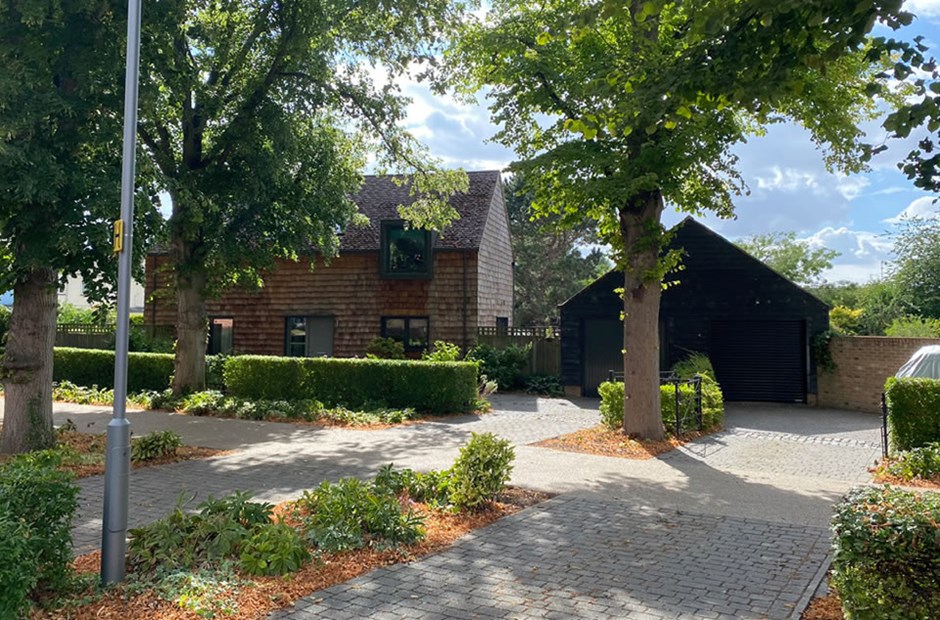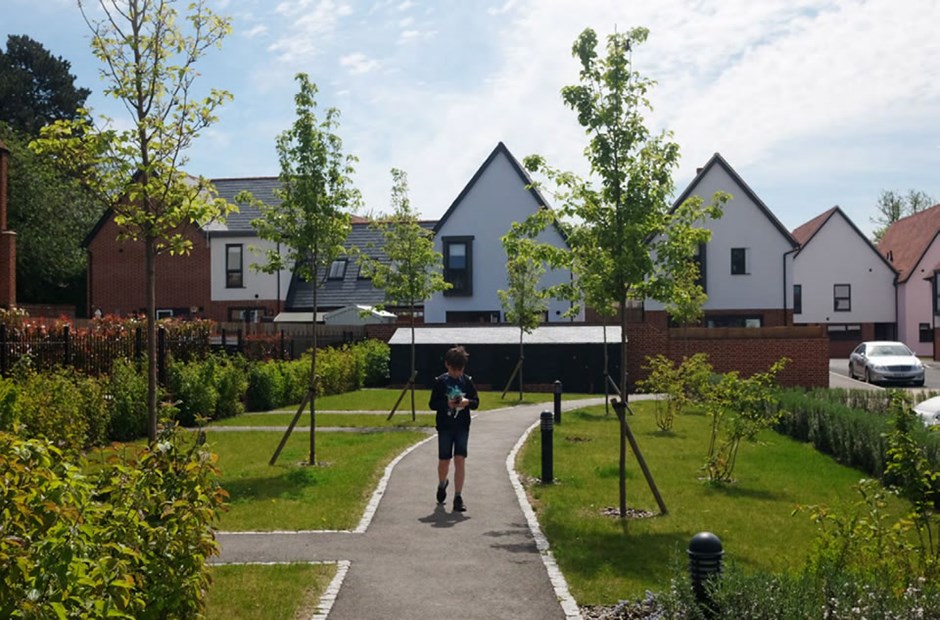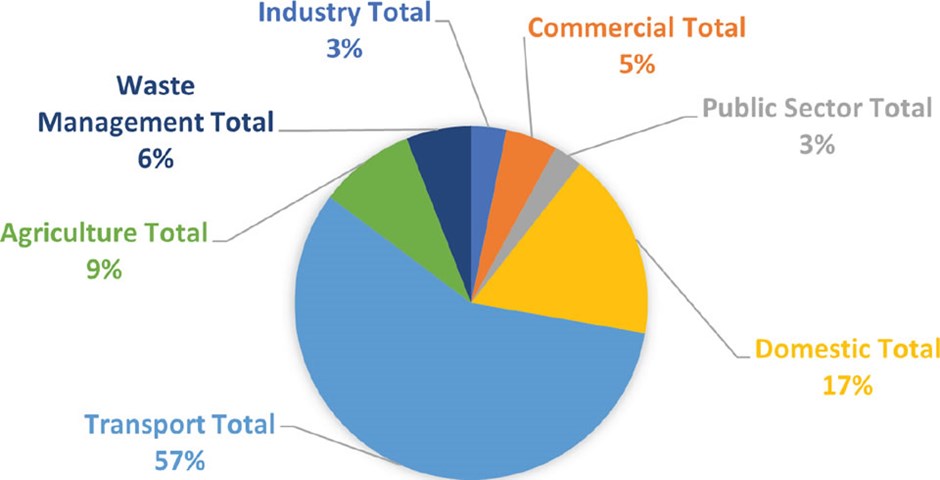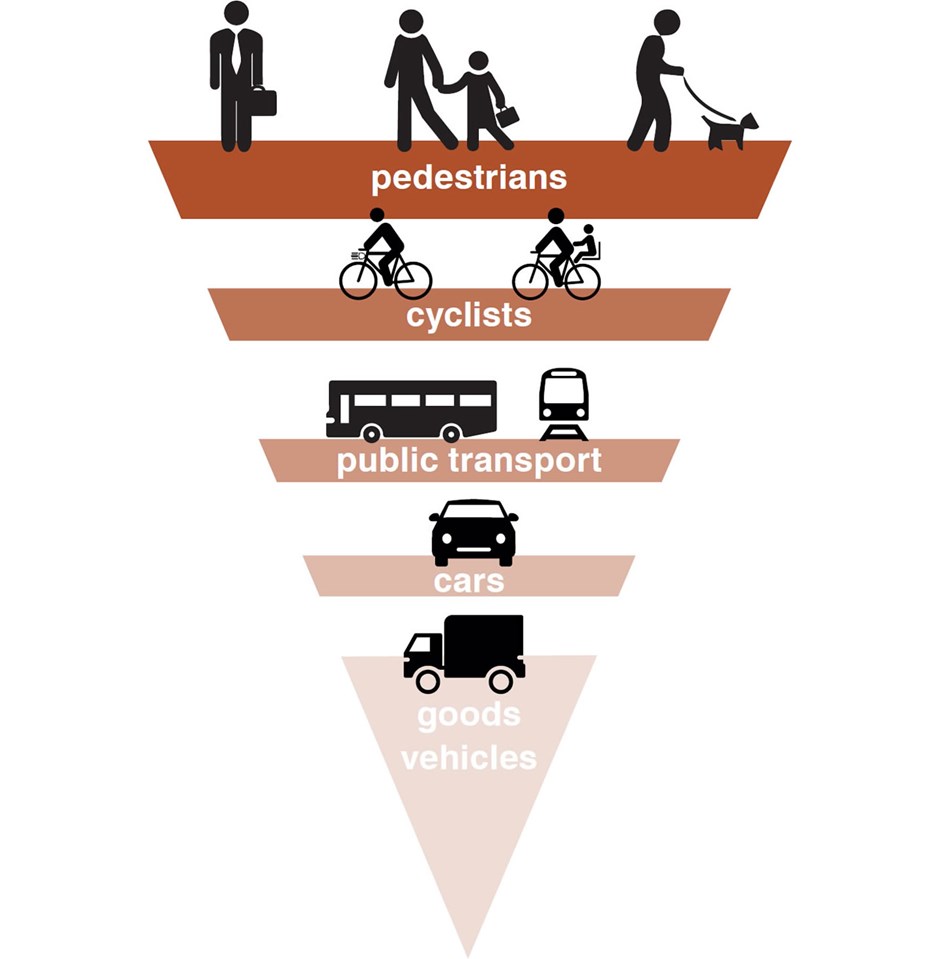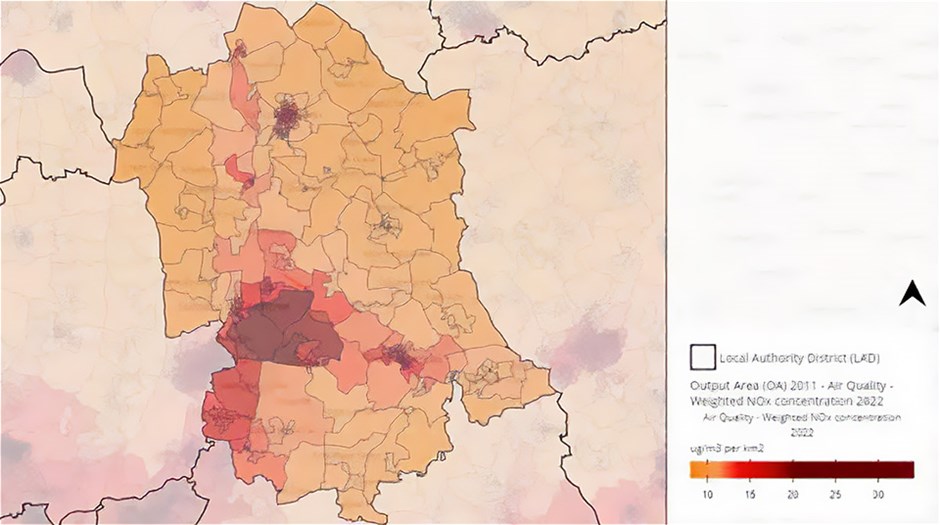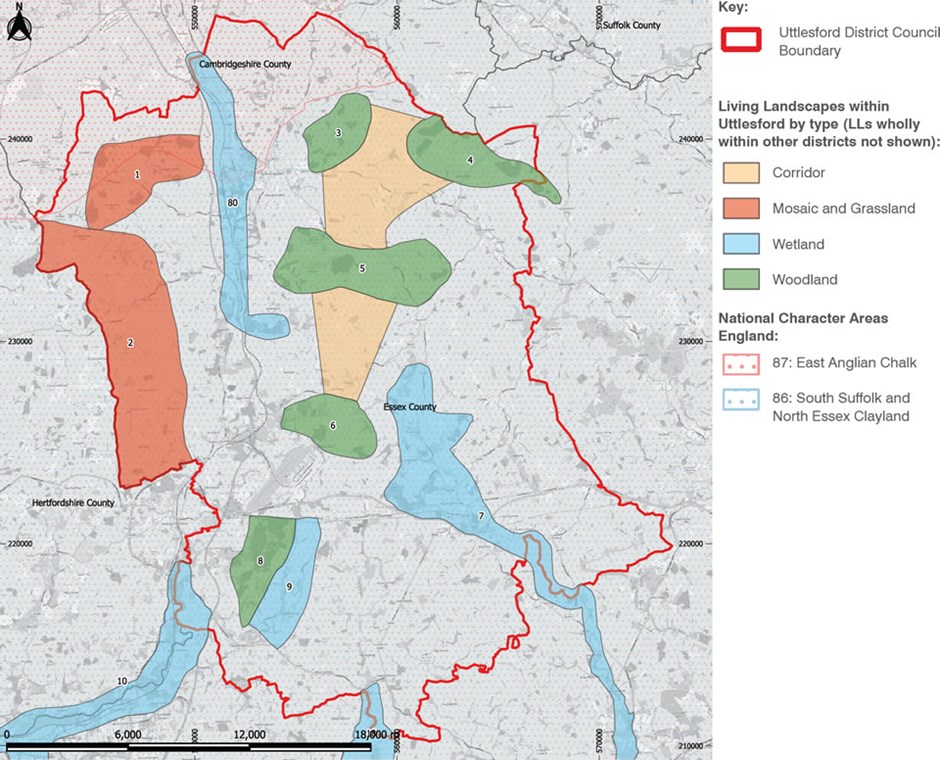Strategic Principles
The Value of Good Design
Good design is one of the main ways that we can create the sort of district we want, with attractive high quality places, strong and cohesive communities, high levels of biodiversity and an ability to address the impacts of climate change. Good design is also the means to ensure that Uttlesford remains a place where people want to live and where businesses want to invest.
Good design will be one of the means by which Uttlesford can create environments in which both people and nature can thrive. High standards of design will create places of quality where residents can lead healthy, happy lives.
Well-designed places influence our every day experience and determine our quality of life. They harmonise the collection of buildings, lifting our mental well-being, provide activities, and connect us to one another, as well the surrounding environment.
It is not merely aesthetic but experiential and can last long in the memory.
Good design should be inclusive, cohesive, enjoyable and, therefore, sustainable. Instilling engagement within quality design will create places that the community cherish, ensuring they will look after it as if it were their own.
Good design can also be the means to enable new infrastructure to be provided as early as possible, so that people moving into the new homes have access to those facilities straight away.
Good design can ensure development contributes to the mitigation of, and adaptation to climate change, and to make it easier to achieve the legally binding targets for the UK to bring all greenhouse gas emissions to carbon neutral by the year 2050. Good design can help ensure that future growth and development in the district takes into account the need to reduce both the production and consumption emissions of new development.
The Value of Good Design can:
Distinctive Places
In Uttlesford good design needs to create beautiful places, responding to the diverse and distinctive characteristics of each part of the district and strengthen the different roles of each of its towns and villages. It needs to ensure that development proposals relate to the characteristics of each location, its heritage, landscape and topography. This means that in Uttlesford there is a particular importance in contextual design to ensure that the remarkable diversity and quality of the district is strengthened and retained.
By making the built form coherent with surrounding uses and scale, establishing an appropriate relationship that is in line with local patterns of development a context-led approach is created. Through context-driven approaches, good design shall address local needs and issues and provide fit for purpose solutions that make it an attractive and distinctive place to be for users.
Heritage Significance
Great design should always strive to enrich and improve the existing context. Uttlesford has a rich and varied history with evidence of human activity stretching back over half a million years. It forms part of the large county of Essex, the eighth largest in size in England and which contains over 14,000 listed buildings (the eighth largest number in the country). Of these, over 3,700 are in Uttlesford and comprise the overwhelming majority of the designated heritage assets in the District. The remaining 80 or so are Registered Parks and Gardens or Scheduled Monuments. There are also hundreds of nondesignated heritage assets, many of which are listed in Conservation Area Appraisals and other historic area assessments and include many C19 and C20 buildings which may have been overlooked by the statutory list.
This wealth of heritage has shaped the built environment of the district and produced the townscapes which are valued and cherished by residents and visitors alike. The use of local building materials across the ages in broadly consistent construction methods and building scales is what makes Uttlesford special. Understanding this heritage context and how this can be used to ensure new development makes a positive contribution to local character is important to ensuring the distinctiveness of the District is maintained. Local building traditions are also inherently sustainable as their durability has been proven over the centuries and continuing these will aid the longevity of Uttlesford’s places.
Heritage assets are an irreplaceable resource and should be conserved in a manner appropriate to their significance. The positive re-use and integration of heritage assets and their settings in a development scheme will not only secure the preservation of that asset but also contribute to wider social, cultural and economic benefits. It is important to understand the heritage and history of at the outset of the development process.
Climate Change
Addressing climate change is a key driving theme of the Design Code.
Uttlesford District Council declared a ‘climate emergency’ in 2019 and we have developed a framework which seeks to deliver upon the ambitious target of reaching net zero carbon emissions by 2030, well ahead of the national target of 2050.
The way in which future buildings are designed, built, used, adapted and decommissioned in Uttlesford will have a significant impact on delivering on meeting this target.
The most recent dataset not impacted by COVID-19 from 2019 demonstrates that emissions in Uttlesford were around 814 ktCO2e which is the equivalent of around 8.9 tonnes for every person living here, higher than the national average of 6.2 tonnes.
Transport makes up the vast majority of emissions in our district, underlining the critical importance of ensuring new developments in Uttlesford are located in sustainable well-connected locations.
Ensuring that all developments are integrated into ‘accessible communities’ is vital to achieving this so people can easily walk, cycle or take public transport for everyday journeys rather than rely on high carbon emitting transport modes.
The emissions inventory also highlights the importance of decarbonising new and existing buildings through design and construction, including how they are powered and heated, which is a key focus of this design code. It is vital that the energy hierarchy is applied throughout the process, reducing energy demand, followed by integrating renewable energy sources.
As much as the priority needs to focus on reducing emissions now, we need to also accept that the effects of a changing climate are already present in Uttlesford and will continue to accelerate for the foreseeable future. This means the built environment in Uttlesford needs to be designed more flexibly than ever before so it is resilient to the pressures of extreme weather events, whether it be flooding or heat waves.
Active Travel First
Around 60% of Uttlesford’s emissions are due to travel, of which over 90% is as a result of road transport.
The 2021 Census demonstrated that Uttlesford has one of the highest car ownership rates across England and Wales, with around 91% of households having access to at least one car, compared to the national average of 77%.
Increased car reliance for everyday use has detrimental impacts on the air we breathe, noise, congestion and reduces opportunity for physical health benefits associated with more active modes of travel.
Even as we move towards electric vehicles, these still come with their own challenges including the environmental impacts associated with their assembly, tyre wear and disposal at the end of their life.
Biodiversity and Nature Recovery
Uttlesford is a rural district dominated by arable agriculture, but it nonetheless retains a considerable area of biodiversity-rich habitats. Over 3,600 ha of Priority Habitats are present in the district, representing over 5% of the land area. By the most important Priority habitat by area is deciduous woodland. Of just over 3,250 ha of Priority Habitat woodland in the district, approximately 1,870 ha is listed as ancient woodland within the national Ancient Woodland Inventory, making this irreplaceable habitat a vital natural asset in Uttlesford.
This biodiversity value is reflected in the number of designated sites within the district, including 19 Sites of Special Scientific Interest (SSSIs), two National Nature Reserves (NNRs) and one Local Nature Reserve (LNR) wholly or partly within the district. There are also 281 non-statutory Local Wildlife Sites.
Uttlesford sits within two Landscape National Character Areas (NCAs) which along with local landuse history, define the types of habitats present. NCA 87 (East Anglian Chalk) covers the northern part of the district, north of a line connecting Elmdon, Saffron Walden and Ashdon. The remainder of the District is covered by NCA 86 (South Suffolk and North Essex Claylands).
Throughout any development in Uttlesford, good landscape design should follow the principles of the mitigation hierarchy, seeking first to retain the most valuable ecological habitats (and associated species) onsite. Where some ecological impacts are unavoidable, developments should demonstrate how these will be minimised, mitigated for and as a last resort, compensated for.
The Essex Local Nature Strategy
From the outset, spatial planning and design of developments in Uttlesford as set out in this design code should support the delivery of the Local Nature Recovery Strategy for Essex.
Local Nature Recovery Strategies (LNRS) are a statutory requirement, outlined in the Environment Act 2021 and forming part of the wider Nature Recovery Network, which aims to restore and enhance the natural environment.
The Essex LNRS is intended to be an evidencebased, locally-led, collaborative strategy, with the following aims:
- Reverse nature’s decline
- Support nature recovery
- Guide future habitat creation
- Help deliver biodiversity net gain
- Support the delivery of the UK-wide nature recovery network
- Support the delivery of nature-based solutions
Local Nature Partnership
The LNRS for Essex will be delivered by a Working Group, forming part of the Local Nature Partnership for Essex. The Partnership, which is partly coordinated by Essex County Council, has broad aims to prevent further losses of biodiversity in the county and restore habitats and wildlife, via working collaboratively with a diverse range of organisations and communities to produce positive outcomes that integrate the needs of nature, people and the economy. It also aims to raise awareness of the economic and societal value of value of Essex’s environment.
The Local Nature Partnership’s 2030 targets are:
- Increase the natural green infrastructure coverage in Essex from 14% to 25%.
- 50% of farmland in Essex to adopt sustainable stewardship practices - adopted from the Essex Climate Action Commission.
- 1 in 4 people in Essex to take action for wildlife/ nature recovery - adopted from the Essex Wildlife Trust.
- Access to high quality green space for all.
Living landscapes
The LNRS is an emerging document currently under development. However, the spatial distribution of target areas for nature recovery within the LNRS will be based on the existing Living Landscapes, a previous Essex-wide nature planning strategy produced by the Essex Wildlife Trust (Essex Wildlife Trust, 2023). These areas are designed to focus habitat creation and restoration around focal existing areas of high biodiversity value or strategic corridors that can link fragments of habitats.
There are nine Living Landscapes entirely within Uttlesford and a further two which are partly within the District. These are split into four categories by the broad types of habitat to be targeted or their spatial role (Woodland, Wetland, Grassland and Mosaic and Corridors) as shown on the below diagram.
Page updated: 20/07/2023

